A team led by Oak Ridge National Laboratory implanted atoms precisely into the top layers of ultra-thin crystals, yielding two-sided Janus structures that may prove useful in developing energy and information technologies.

news, journals and articles from all over the world.

A team led by Oak Ridge National Laboratory implanted atoms precisely into the top layers of ultra-thin crystals, yielding two-sided Janus structures that may prove useful in developing energy and information technologies.

Oak Ridge National Laboratory welcomed six technology innovators to join the fourth cohort of Innovation Crossroads, the Southeast’s only entrepreneurial research and development program based at a U.S. Department of Energy national laboratory.
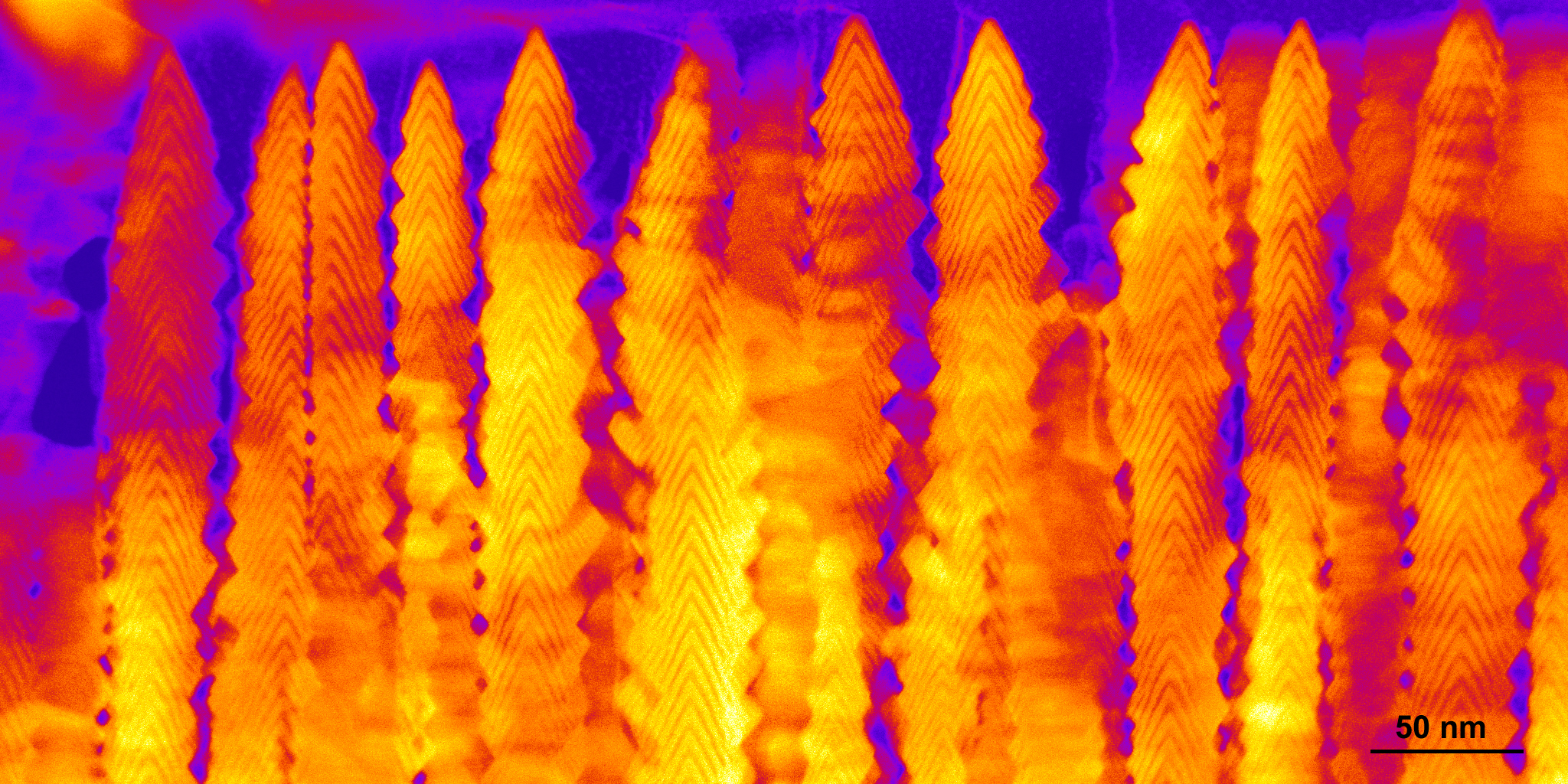
A team led by Oak Ridge National Laboratory synthesized a “nanobrush” structure with high surface area and discovered how its unique architecture drives ions across interfaces to transport energy or information.
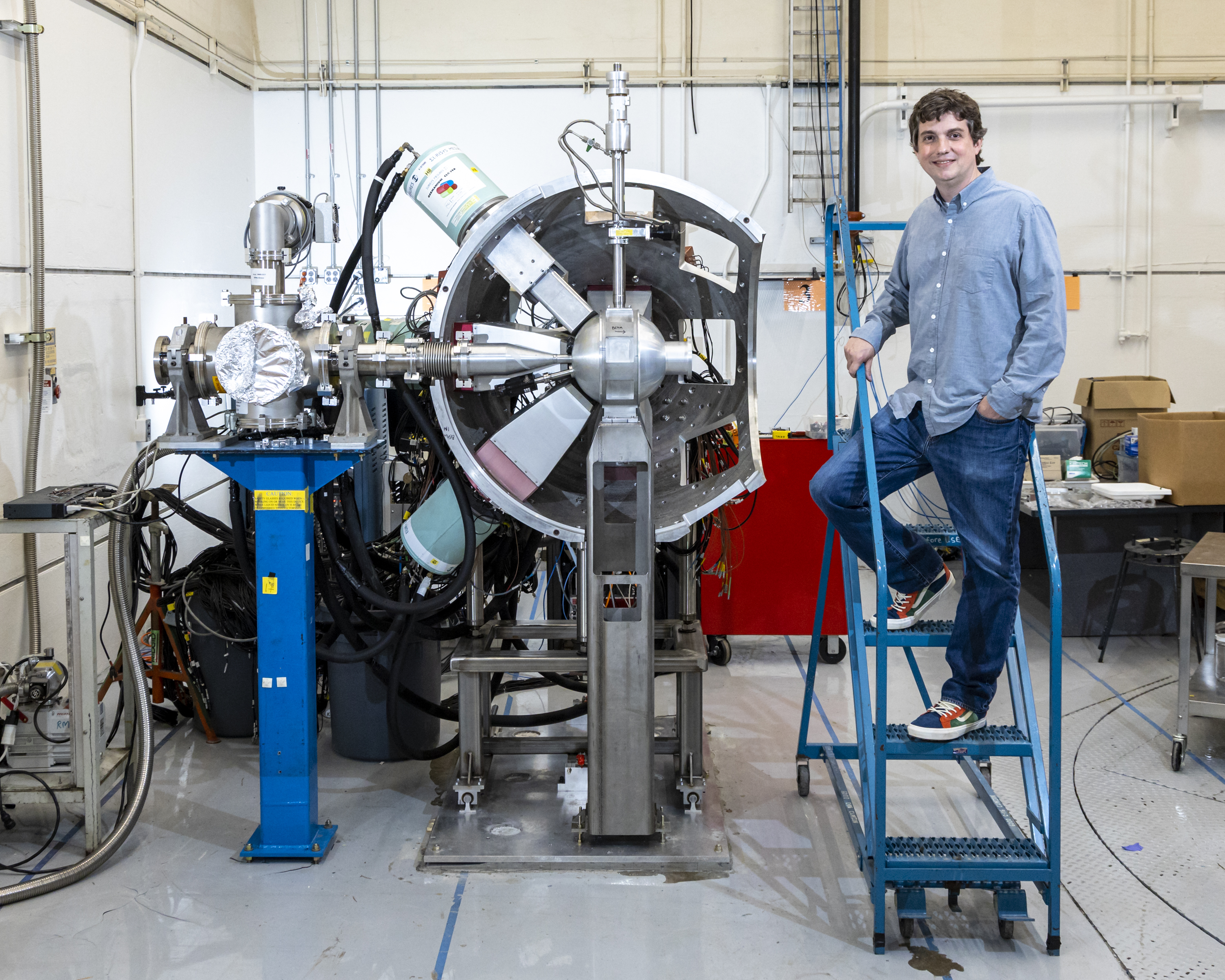
Profiled is Mitch Allmond of Oak Ridge National Laboratory, who conducts experiments and uses theoretical models to advance our understanding of the structure of atomic nuclei.
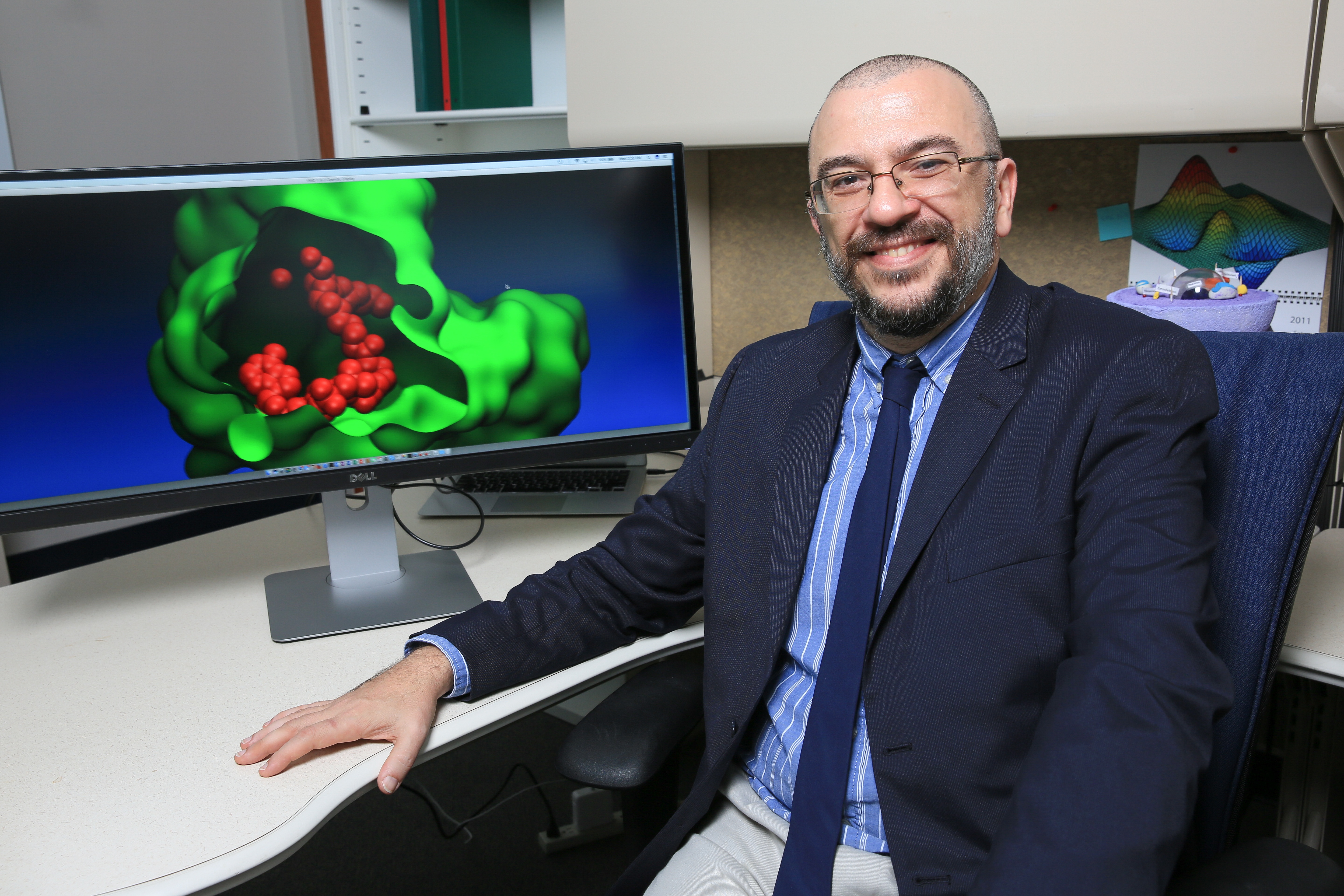
A professor in the Department of Biological Sciences at The University of Alabama in Huntsville (UAH) is part of an effort led by Oak Ridge National Laboratory (ORNL) in Tennessee that applies the power of supercomputers to screen compounds for effectiveness against the pandemic COVID-19 virus.
Valentino Cooper of Oak Ridge National Laboratory uses theory, modeling and computation to improve fundamental understanding of advanced materials for next-generation energy and information technologies.
An international team of researchers has discovered the hydrogen atoms in a metal hydride material are much more tightly spaced than had been predicted for decades—a feature that could possibly facilitate superconductivity at or near room temperature and pressure. The scientists conducted neutron scattering experiments at the Department of Energy’s Oak Ridge National Laboratory on samples of zirconium vanadium hydride.

Lithium dendrites cause poor performance and even explosions in batteries with flammable liquid electrolytes. How these dendrites grow, even with a solid electrolytes, is still a mystery, but materials engineers at MTU and Oak Ridge study the conditions that enable dendrites and how to stop them.
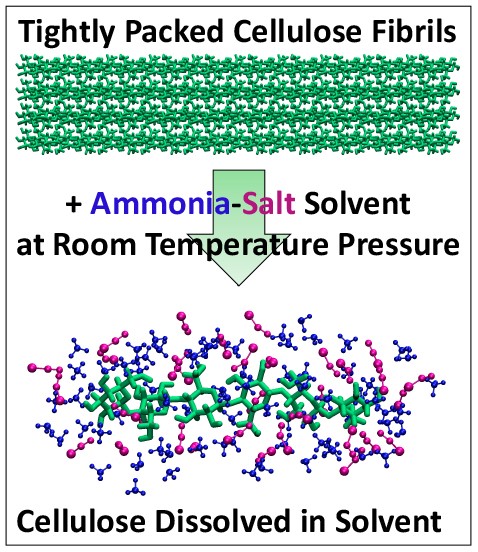
Researchers have developed a new process that could make it much cheaper to produce biofuels such as ethanol from plant waste and reduce reliance on fossil fuels. Their approach, featuring an ammonia-salt based solvent that rapidly turns plant fibers into sugars needed to make ethanol, works well at close to room temperature, unlike conventional processes, according to a Rutgers-led study in the journal Green Chemistry.
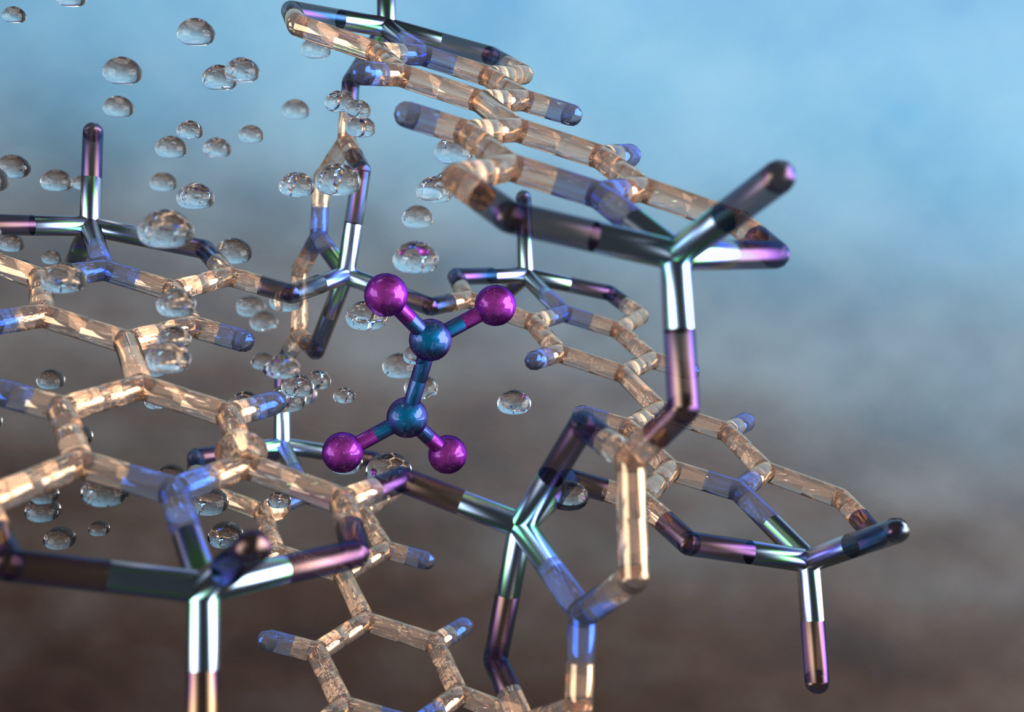
A team led by the University of Manchester has developed a metal-organic framework material providing a selective, reversible and repeatable capability to capture a toxic air pollutant, nitrogen dioxide, which is produced by combusting fossil fuels. The material then requires only water and air to convert the captured gas into nitric acid for industrial use.

A team from Oak Ridge National Laboratory and Vanderbilt University made the first experimental observation of a material phase that had been predicted but never seen.

A team used the Summit supercomputer to simulate a 10,000-atom magnesium dislocation system at 46 petaflops, a feat that earned the team an ACM Gordon Bell Prize finalist nomination and could allow scientists to understand which alloying materials to add to improve magnesium alloys.